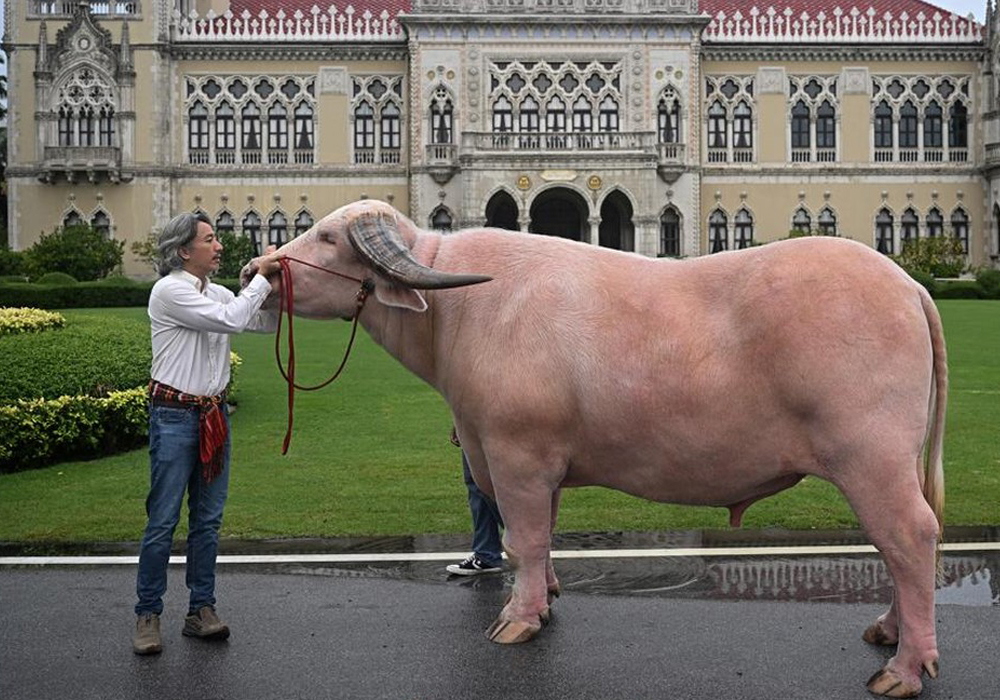Bule Calling. Imagine arriving in a new country, a scholar eager to understand its heart, only to be consistently addressed with a title that evokes a painful colonial past. This was the curious dilemma faced by Benedict Anderson, the influential American political scientist and historian, whose personal preference for a particular Indonesian word inadvertently reshaped how an entire nation refers to Westerners today: “Bule.”
From “Tuan” to Taboo: Rejecting the Colonial Echo
When Anderson first immersed himself in Indonesian society during the early 1960s, a common term used by locals to address or refer to white foreigners was “Tuan.” On the surface, “Tuan” simply translates to “sir” or “master,” a seemingly polite form of address. However, for Anderson, a keen observer of power dynamics and post-colonial identities, it carried a far heavier, more unsettling resonance.

He felt that “Tuan” was an undeniable relic of a racist and colonial mindset. It was the title imposed by the Dutch colonizers, demanding deference and marking a clear social hierarchy between the European rulers and the indigenous population. As Anderson recounted in his memoir, A Life Beyond Boundaries, he found this constant reminder of an unequal and oppressive past deeply uncomfortable [Source: Anderson, Benedict. A Life Beyond Boundaries: A Memoir. Verso Books, 2016]. He wished to engage with Indonesians as an equal, a fellow human being, rather than as a symbol of past domination.
The Albino Buffalo: A Humorous and Humble Origin
In his quest for a less loaded identifier, Anderson stumbled upon “bule.” He noticed that his own pale complexion, distinct from most Indonesians, bore a resemblance to the kerbau bule, or albino water buffalo.
The word “bule” itself has deep linguistic roots, originating from the Old Javanese “bulai,” which means albino or white-skinned [Source: KBBI (Kamus Besar Bahasa Indonesia) – Bule entry, or various etymological studies of Indonesian language]. The kerbau bule hold a unique and often revered status in Indonesian culture, particularly in Javanese traditions. Far from being a negative term, these majestic white buffalo are often associated with sacredness, purity, or special status, sometimes even playing a role in royal ceremonies [Source: The Jakarta Post – The sacred albino buffalo].

Embracing this connection, Anderson, with a touch of humor and humility, encouraged his Indonesian friends and students to call him “bule” instead of “Tuan.” It was a deliberate choice to adopt a descriptive term tied to a natural, even respected, phenomenon rather than a hierarchical title [Source: Benedict Anderson, A Life Beyond Boundaries: A Memoir].
The Unstoppable Spread of “Bule”
Anderson’s suggestion resonated powerfully with the burgeoning post-independence Indonesian society. Intellectuals, students, and ordinary people were also looking for ways to shed the vestiges of colonialism and embrace a more egalitarian national identity. “Bule” offered a simple, informal, and non-hierarchical alternative to the loaded “Tuan.”
The term quickly gained traction within academic and social circles. From there, it spread organically through everyday conversation, was adopted by popular media, and soon became the widely recognized and used term for a white foreigner throughout the Indonesian archipelago. It represented a subtle but significant shift in the cultural landscape.
“Bule” Today: A Spectrum of Feelings
Today, “bule” is arguably the most common and easily understood term for a white foreigner in Indonesia. However, the feelings associated with being called “bule” can vary widely among foreigners:
- Neutral and Common: For many, especially Indonesians in everyday interactions (e.g., street vendors, children, or casual acquaintances), “bule” is used as a neutral descriptor, simply meaning “foreigner” or “Westerner” without any ill intent. It’s often heard as “Halo, Bule!” (Hello, Bule!) and taken as a friendly greeting.
- Impersonal or Reductive: Some foreigners find it impersonal, feeling that it reduces their identity to their skin color or appearance. It can highlight a sense of perpetual “otherness,” regardless of their integration into Indonesian society.
- Context is Key: The tone, situation, and speaker’s intent play a huge role. While rarely overtly offensive, a dismissive or objectifying use of the word can feel uncomfortable. It can also be associated with cultural stereotypes sometimes depicted in Indonesian media, such as the “bule hunter” phenomenon where locals are perceived to seek relationships with foreigners for perceived wealth or status.
In conclusion, the journey of the word “bule” is a fascinating microcosm of Indonesian history and cultural evolution. From its roots in describing sacred albino buffalo, through the deliberate efforts of a revered American scholar rejecting colonial titles, to its widespread, albeit sometimes nuanced, usage today, “bule” continues to tell a rich story of identity, interaction, and the ever-changing tapestry of language.
